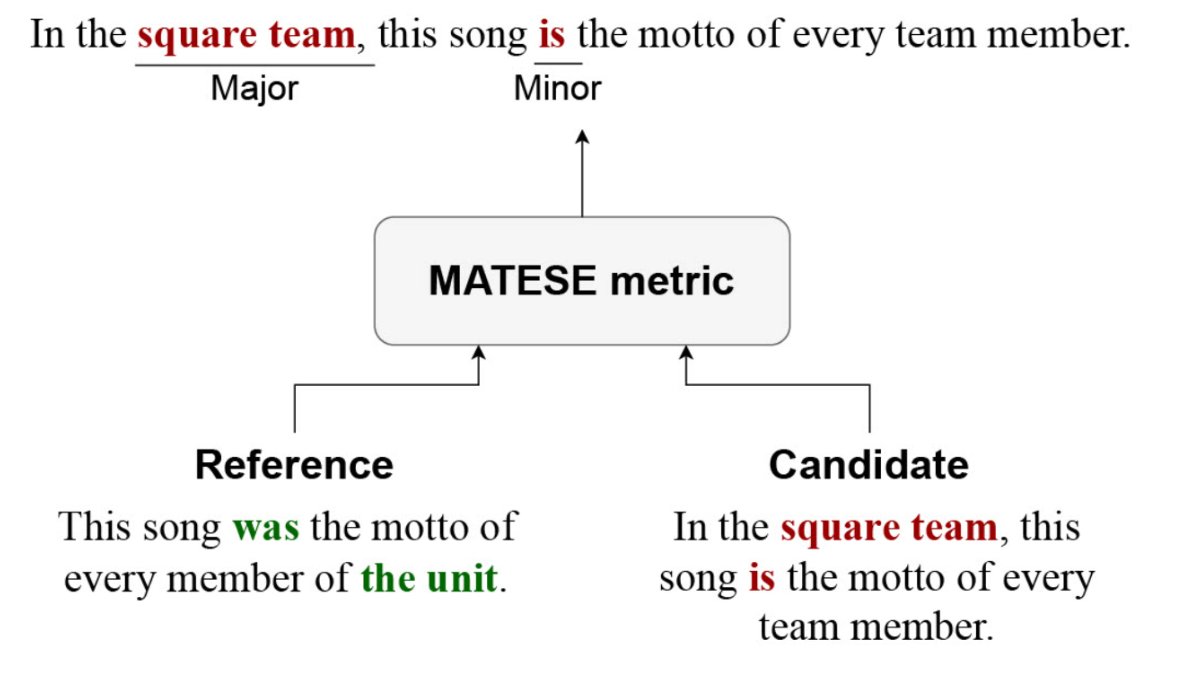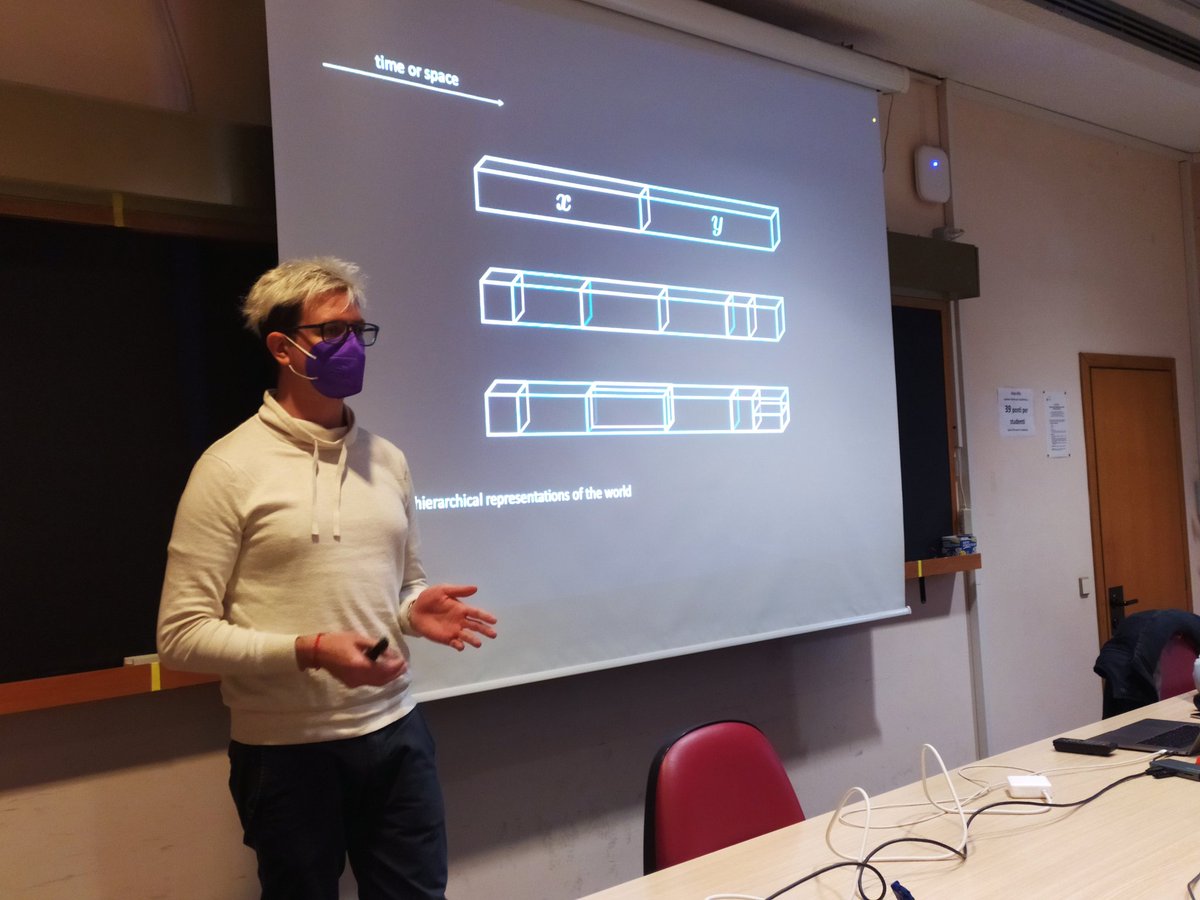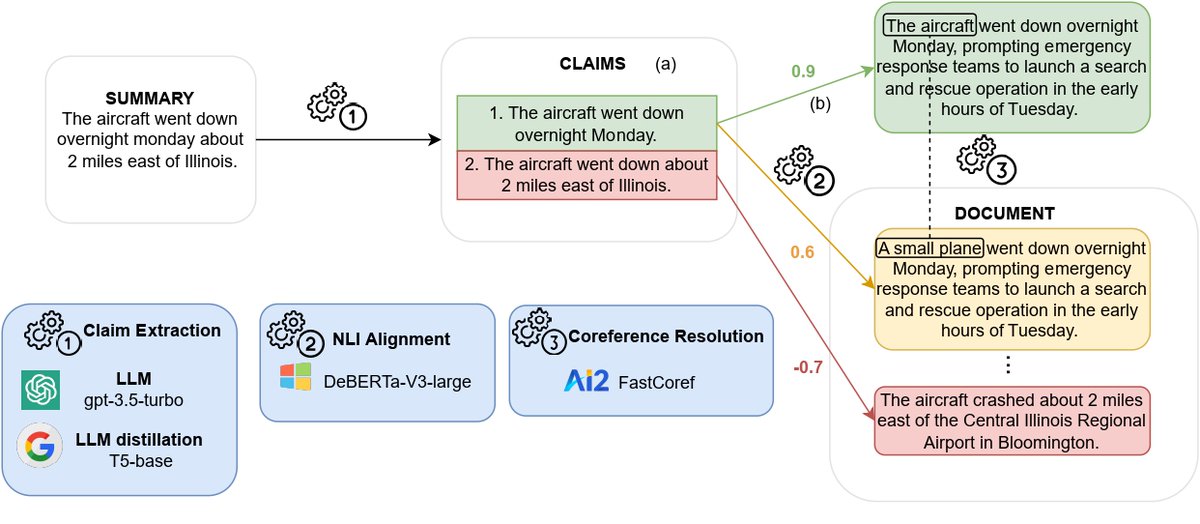
Karim Kamal
@karimash14
ID: 266492936
15-03-2011 09:44:16
14,14K Tweet
308 Followers
2,2K Following




An interesting argument by Ev (like in 'evidence', not Eve) Fedorenko 🇺🇦 in her #EMNLP2021 keynote: humans use language for communication, not for thought—and so language models should not be judged for their ability to reason. I would add: we should also not use lang.models as proxies for cognitive abilities.


What a pleasure it's been to teach 3 hours of self-supervised energy-based models at Sapienza Università di Roma with a super warm audience, split between physically present and remotely connected students. Thanks, Simone Scardapane, for hosting me today. 😋😋😋

New work! Humans appear to learn similarly for different modalities and so should machines! data2vec uses the same self-supervised algorithm to train models for vision, speech, and nlp. Paper: ai.facebook.com/research/data2… Blog: ai.facebook.com/blog/the-first… Code: github.com/pytorch/fairse…





Differentiable Search Indices showed that autoregressive transformers can operate as “search engines” to some extent, but not for full scale corpora. FM-Indices change this! Really enjoyed this work led by the amazing Michele Bevilacqua!


We reframe #MT evaluation as sequence tagging in our #WMT2022 paper: check MaTESe, an interpretable metric that tags error spans in translations! 📜 statmt.org/wmt22/pdf/2022… By Stefano perrella Lorenzo Proietti Alessandro Scirè Niccolò Campolungo Roberto Navigli Babelscape European Research Council (ERC) #EMNLP2022


Wow! Today it has >4k monthly downloads on Hugging Face 🤗



FENICE achieves state of the art performance on AGGREFACT, the de-facto benchmark for this task, and excels in our set of human annotations for long-form summarization evaluation. arxiv.org/abs/2403.02270 Joint work between SapienzaNLP and Babelscape Karim Kamal Roberto Navigli

FENICE: Factuality Evaluation of summarization based on Natural language Inference and Claim Extraction - Findings Poster Session 4 📅14th August @ 12:15 🗣️ Alessandro Scirè Karim Kamal





